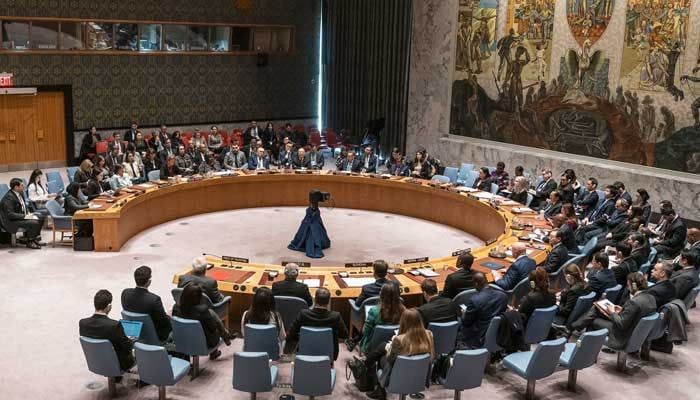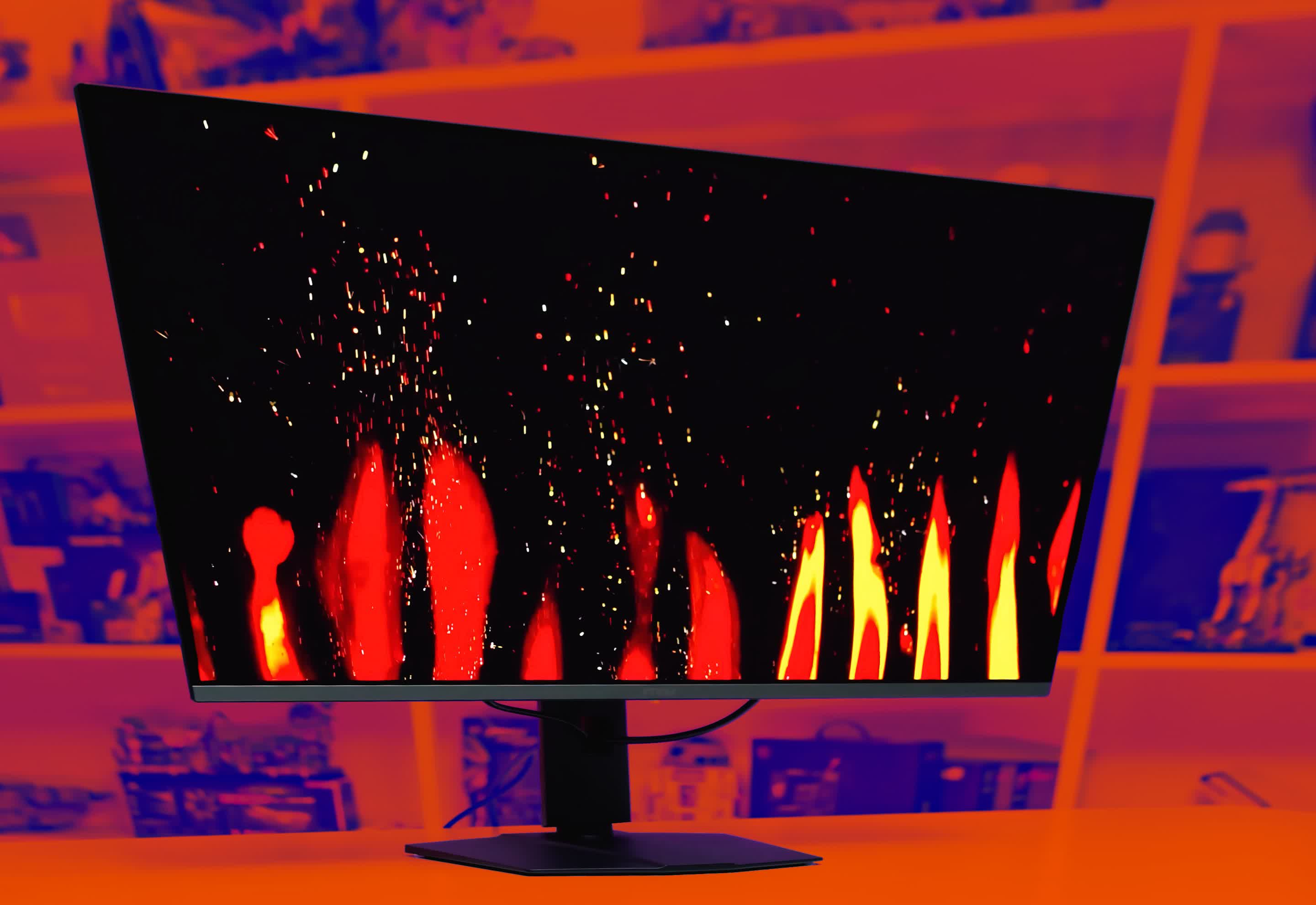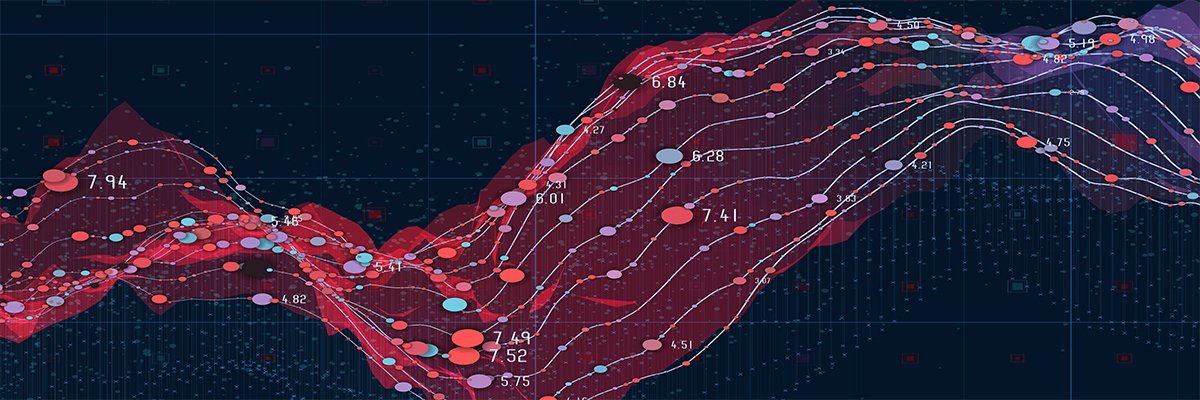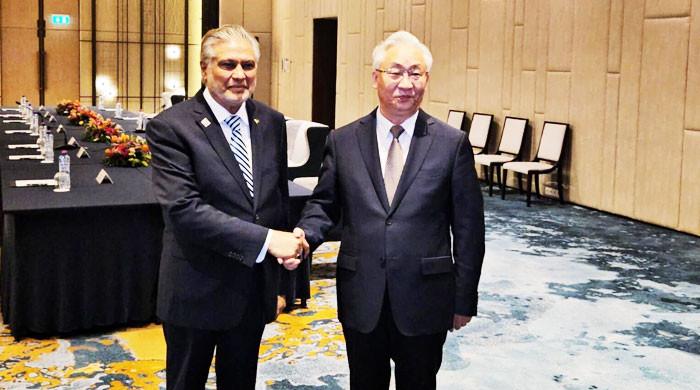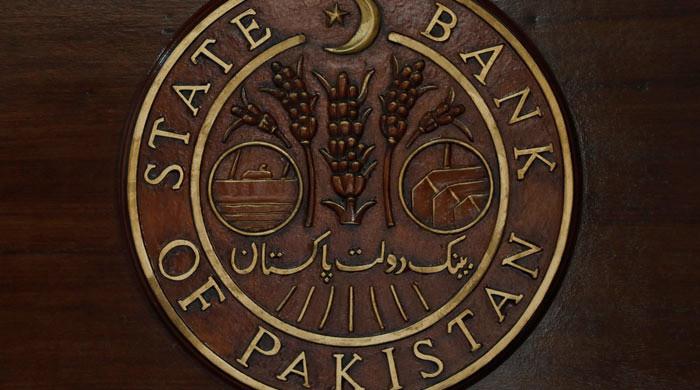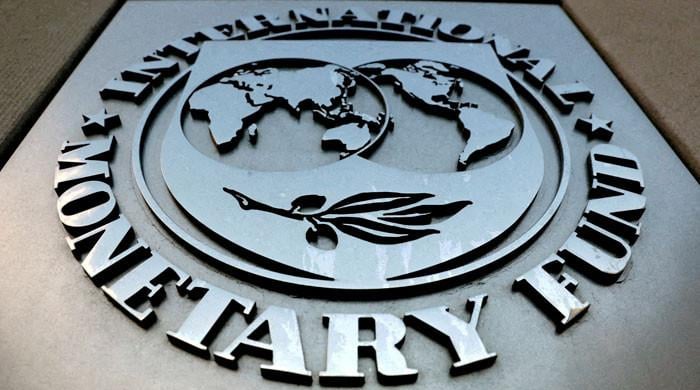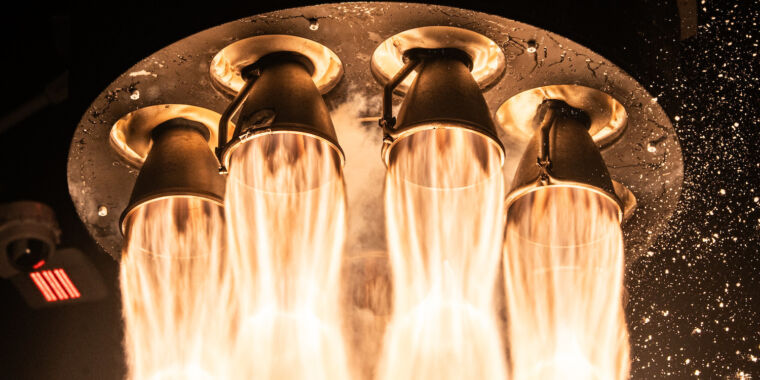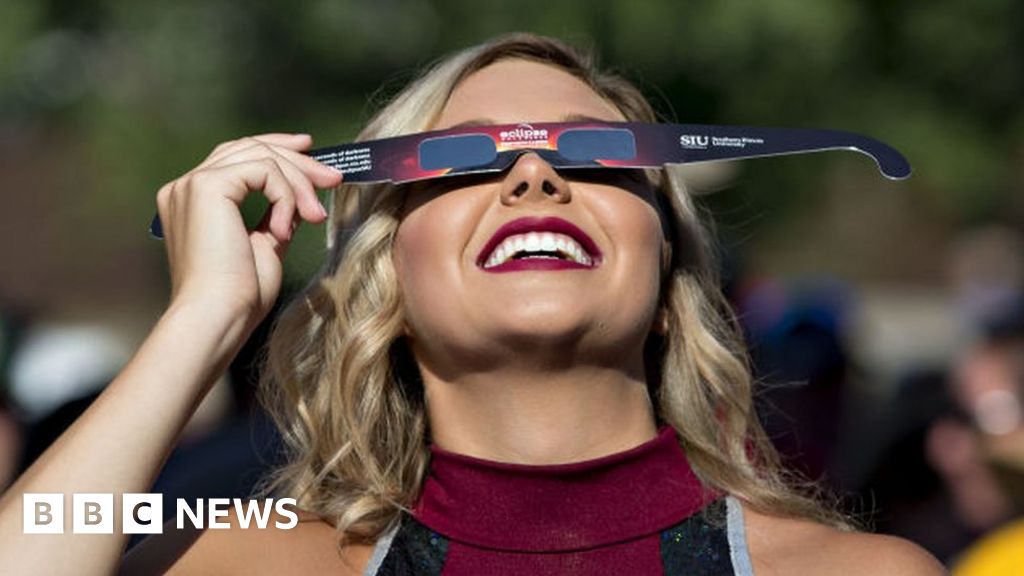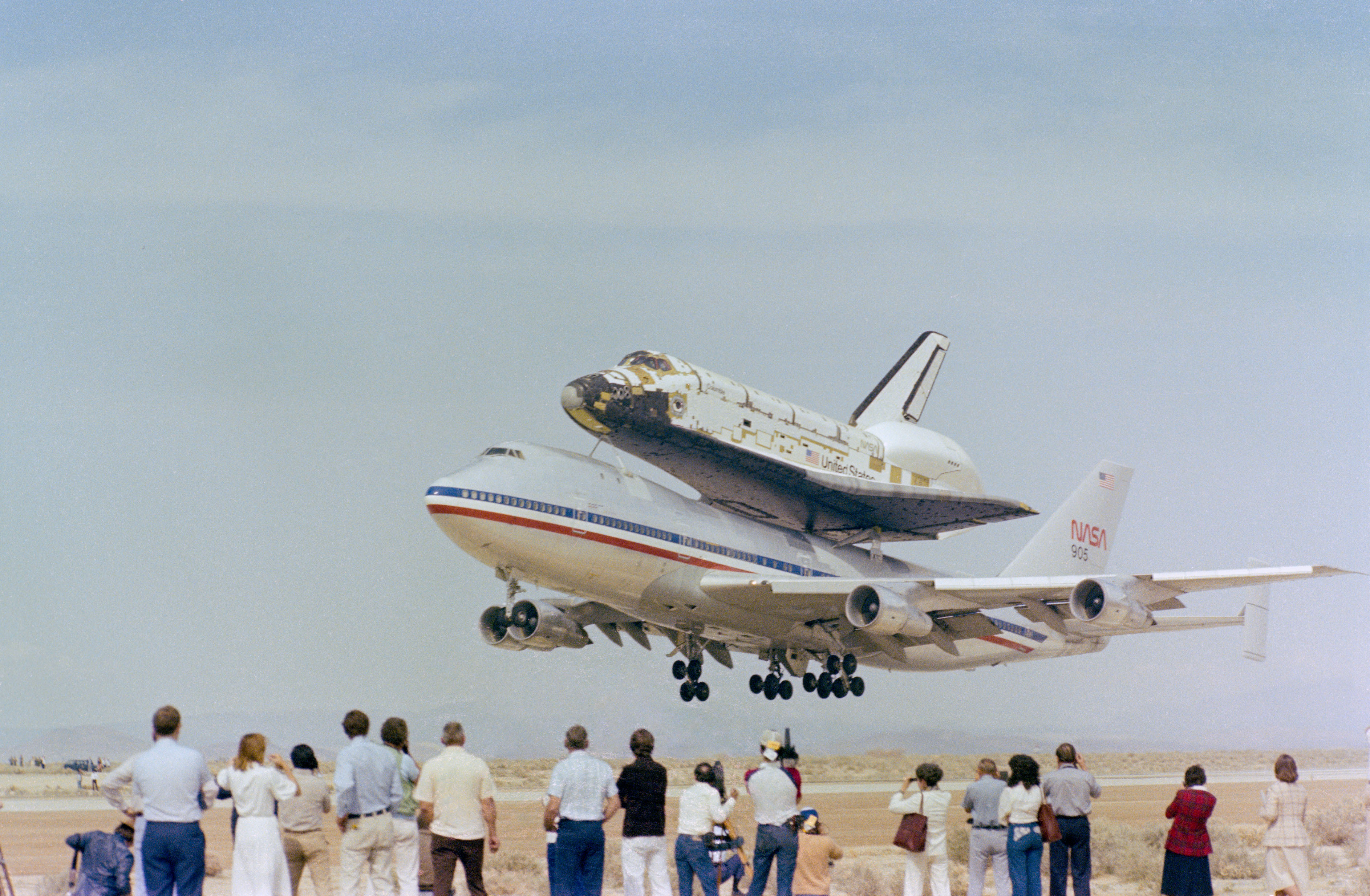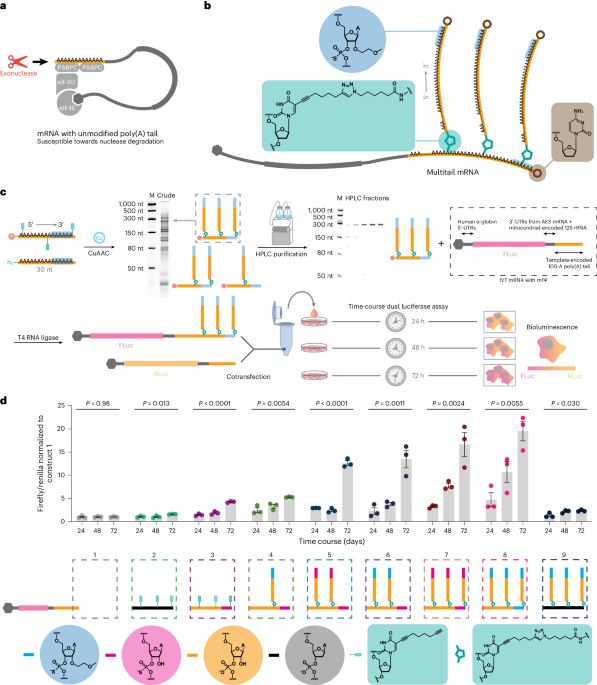[ad_1]
Using data from NASA’s Transiting Exoplanet Survey Satellite (TESS), astronomers have discovered and characterized a habitable zone planet orbiting the nearby red dwarf star TOI-715 with a period of 19.3 days. They’ve also demonstrated that there is possibly a second, smaller exoplanet with a period of 25.6 days, placing it just inside the outer edge of TOI-715’s habitable zone. This system represents the first TESS discovery to fall within this most conservative and widely applicable habitable zone.
TOI-715 is an M dwarf of spectral type M4 located around 137 light-years away in the constellation of Volans.
Also known as TIC 271971130, the star is approximately 6.6 billion years old, making it older than our Sun.
TOI-715 hosts the super-Earth exoplanet TOI-715b and the smaller terrestrial exoplanet candidate TOI-715c.
“TOI-715b is about 1.5 times as wide as Earth, and orbits within the habitable zone around its parent star,” said University of Birmingham astronomer Georgina Dransfield and colleagues.
“That’s the distance from the star that could give the planet the right temperature for liquid water to form on its surface.”
“Several other factors would have to line up, of course, for surface water to be present, especially having a suitable atmosphere.”
“But the conservative habitable zone — a narrower and potentially more robust definition than the broader ‘optimistic’ habitable zone — puts it in prime position, at least by the rough measurements made so far.”
“The smaller planet, TOI-715c, could be only slightly larger than Earth, and also might dwell just inside the conservative habitable zone.”
“TOI-175b joins the list of habitable-zone planets that could be more closely scrutinized by Webb, perhaps even for signs of an atmosphere,” the astronomers said.
“Much will depend on the planet’s other properties, including how massive it is and whether it can be classed as a water world — making its atmosphere, if present, more prominent and far less difficult to detect than that of a more massive, denser and drier world, likely to hold its lower-profile atmosphere closer to the surface.”
“If the possible second, Earth-sized planet in the system also is confirmed, it would become the smallest habitable-zone planet discovered by TESS so far.”
“The discovery also exceeded early expectations for TESS by finding an Earth-sized world in the habitable zone.”
The discovery is reported in a paper in the Monthly Notices of the Royal Astronomical Society.
_____
Georgina Dransfield et al. 2024. A 1.55 REarth habitable-zone planet hosted by TOI-715, an M4 star near the ecliptic South Pole. MNRAS 527 (1): 35-52; doi: 10.1093/mnras/stad1439
Maqvi News #Maqvi #Maqvinews #Maqvi_news #Maqvi#News #info@maqvi.com
[ad_2]
Source link














